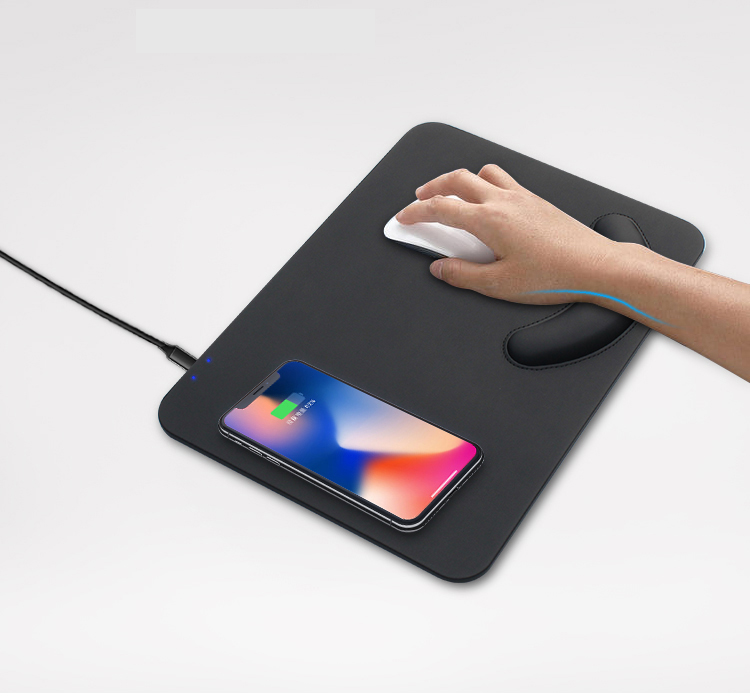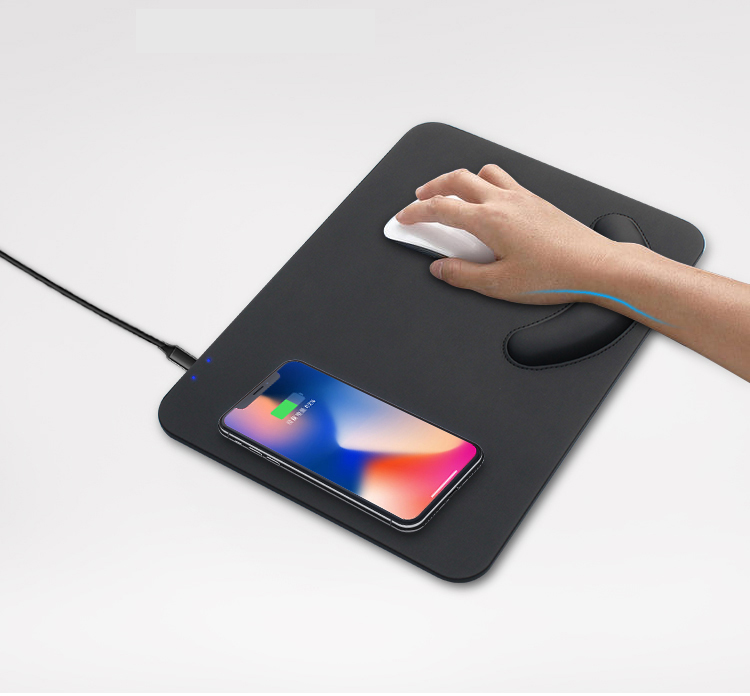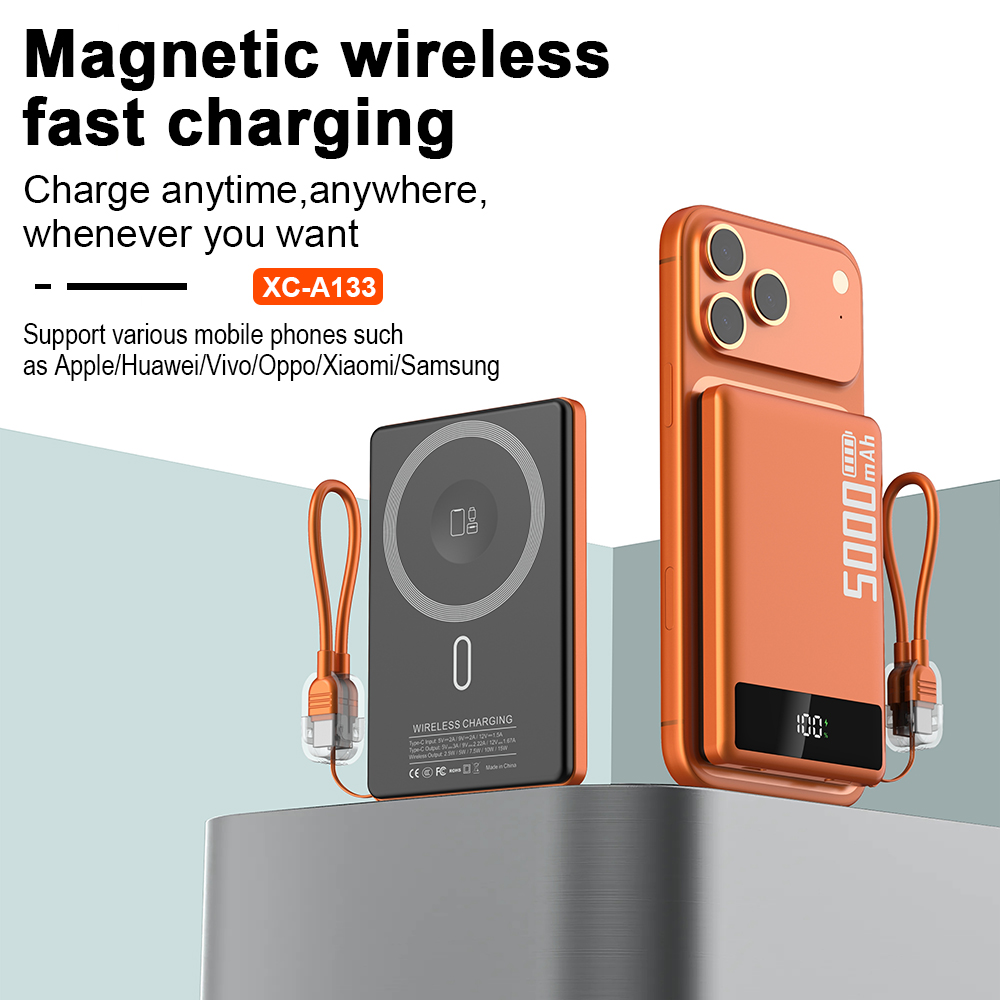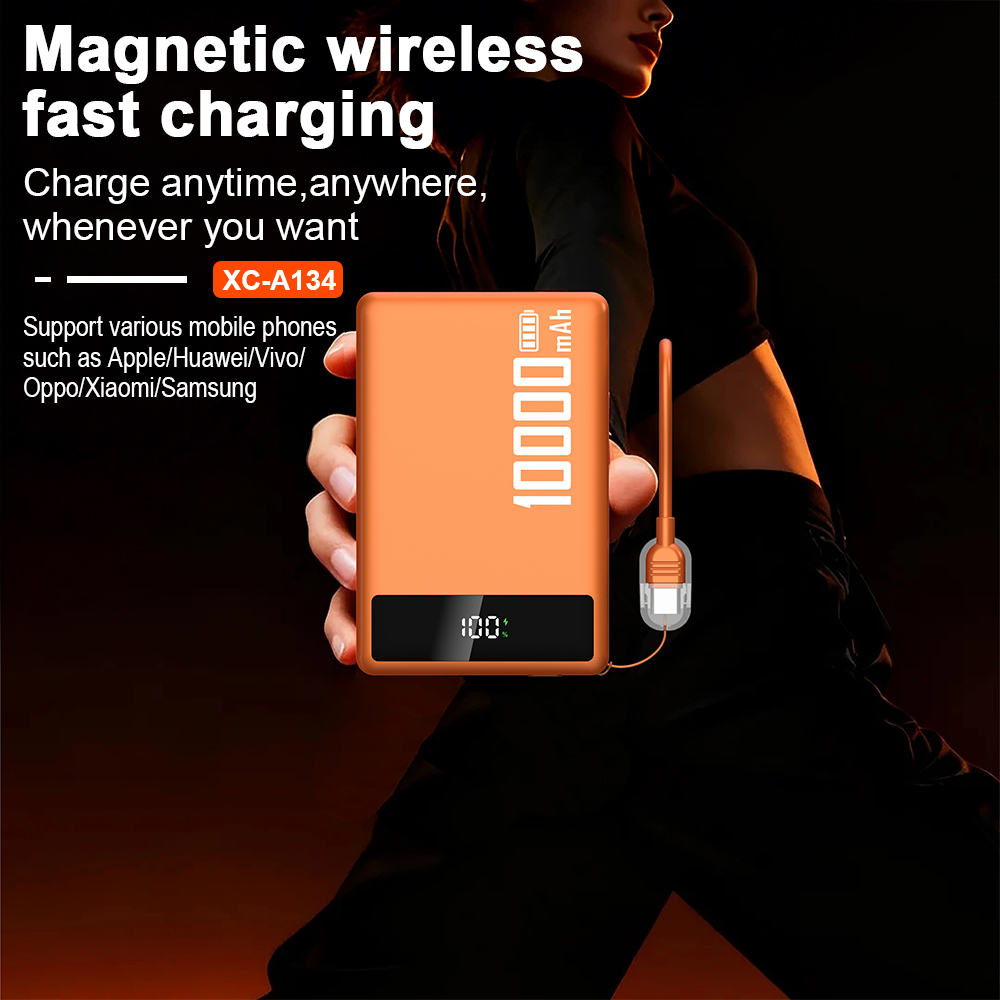Pros and Cons of Wireless Charging

Exploring the Pros and Cons of Wirelessly Charging Devices

Wireless charging technology has gained significant popularity in recent years, revolutionizing the way we power our electronic devices. Instead of relying on traditional cables and chargers, wireless charging enables devices to be charged simply by placing them on a charging pad or dock. While this innovation offers many benefits, it also presents certain drawbacks. In this article, we will examine the pros and cons of wireless charging in detail.
Advantages of Wireless Charging
1. Convenience: One of the main advantages of wireless charging is the convenience it offers. Users no longer need to fumble with cables and plugs, and can easily place their devices on a charging pad without the hassle of connecting and disconnecting cords.
2. Durability: Wireless charging eliminates the wear and tear that often occurs on charging ports and cables. Since there is no physical connection required, the charging port is less likely to get damaged, resulting in a longer lifespan for devices.
3. Efficiency: Wireless charging technology has improved over time, resulting in more efficient charging. It eliminates the need for multiple chargers and adapters, streamlining the charging process and reducing energy consumption.
Disadvantages of Wireless Charging
1. Slower Charging Speed: One of the primary drawbacks of wireless charging is its slower speed compared to wired charging. While technology is advancing, wireless charging is still not as fast as traditional charging methods, which can be a limitation for those who require quick and immediate charging.
2. Expensive: Wireless chargers and compatible devices tend to be more expensive compared to their wired counterparts. Additionally, upgrading existing devices to support wireless charging may require additional costs, making it less accessible to some users.
3. Limited Range and Positioning: Wireless charging requires close proximity between the charging pad and the device being charged. This means that devices need to be placed in a specific position, and if the alignment is not precise, charging might not occur. Furthermore, interference from certain materials or objects can disrupt or completely prevent charging.
Conclusion
In conclusion, wireless charging offers convenience, durability, and improved efficiency. However, its slower charging speed and higher cost can be drawbacks. Additionally, the limited range and positioning requirements can be restrictive. As technology continues to advance, these limitations may be overcome, making wireless charging a more widely-used and practical charging solution in the future.




